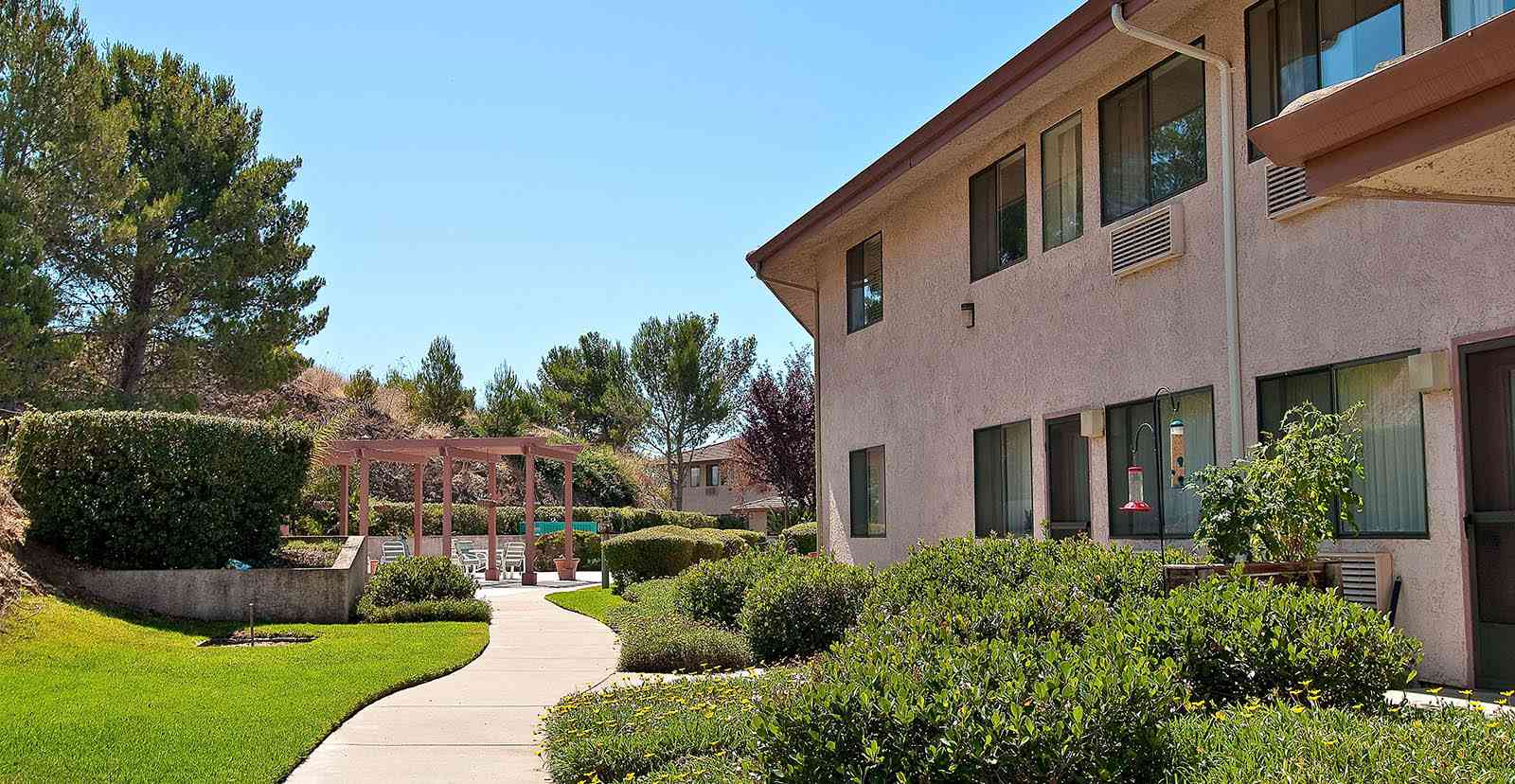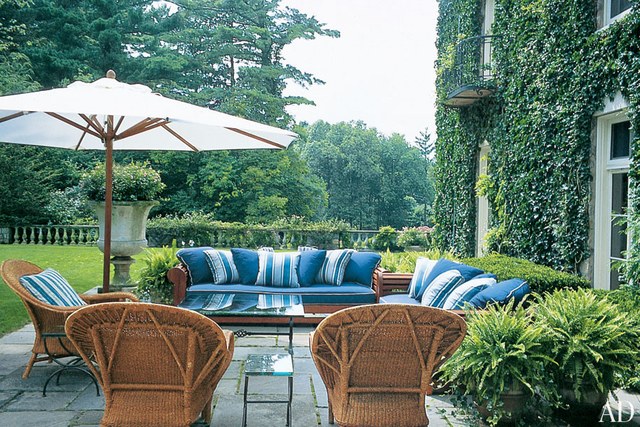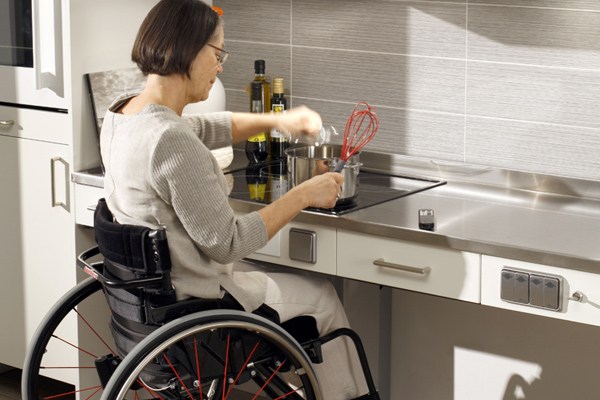There are various factors to consider while designing a nursing home. On most occasions, developers make the nursing home environment to resemble that in normal homes. Healthcare organizations often attempt to establish designs that replicate the former homes of the residents. Further, healthcare organizations must consider the dual purpose served by homes for the elderly, which include acting as a home to the elderly while still serving an institutional role. It is quite challenging to accord the elderly a homelike environment and still achieve high clinical outcomes. This is even more difficult in the face of certain health conditions such as dementia that call for high care dependency. This paper is a description of a living facility that would make a comfortable home for the elderly.
Landscaping is integral in establishing a living facility for the elderly. The living facility should comprise of flats located in a serene location. From the gate, the location should have well-manicured lawns and gardens. All walking paths should be lined with trees and well-manicured lawns. There should also be walking trails for the elderly to use for routine exercise during the day. The Walking trails should extend to the farthest location of the facility land. The walking paths and walking trails should support the use of a wheelchair. Fencing of the living facility should not block the view of the surrounding area. According to Robinson, Colin Reid, & Cooke, (2010), blocking the view of the surrounding area resulted in dissatisfaction among elderly residents. As such, solid fencing should not good.
Fig. 1.1: A walking path free of obstacles

The main building should be in a suitable location that enhances the view of the area. There should be rest centers or socialization centers just outside the main building. These are chairs and tables placed strategically around the main building and with access to the walking paths. The outdoor seating places can promote socialization and development of new relationships. They are also good for resting. The entrance to the main building should be spacious. The main corridor should have a slight inclination, change angles, as well as the direction. This design creates a homelike feel rather than an institutional feel. The internal circulation areas should have different color schemes and textures. This can help the elderly recall with ease where they are. Each of the rooms should have its own front door to create a feeling that one is in his or her own home.
Fig. 1.2: Outdoor resting

Each of the rooms should have personalized bedrooms, kitchen, and living areas. The kitchen should have ample space for meal preparation. There should also be a laundry facility. There should be a TV in the living room as well as a computer connected to the internet. Those who would prefer spending time on the internet or social networking may use the computers in the room. All the rooms should feature designs for wheelchair use. Generally, all the rooms should be spacious to allow easy movement of a wheelchair. The kitchen should feature special designs to allow for the use of the wheelchair. For instance, the kitchen should have wheelchair-height surfaces to allow the elderly to do their chores without having the leave the wheelchair. Underneath the kitchen sink, there should be enough space to allow for access using a wheelchair. Each housing unit should have a balcony where a person can take rest. In addition, large, low-set windows can help in enhancing the outside view.
Fig. 1.3: Kitchen designed for wheelchair use

Various physical and psychological changes affecting the elderly may influence the design of the facility. One of the physical changes is the weakening of bones, muscles, and joints (Navaratnarajah & Jackson, 2016). As people age, the bones shrink in size and reduce their density. The muscles lose flexibility as well as strength. Another physical change relates to the brain and the nervous system functionality (Navaratnarajah & Jackson, 2016). As individuals age, the brain may lose cells leading to slow reflexes, memory loss, and other changes. The third physical change is the accumulation of body fat. This occurs because of lower levels of physical activity and metabolism levels. Elderly people can reverse this through regular exercise.
A number of psychological changes will influence the design of the facility. One of the psychological changes in decline in mental functioning, which leads to the high prevalence of mental disorders such as dementia especially those above 85 years (Akman, n.d). Majority of those above 85 years show mental frailty. Another psychological change relates to declining cognitive processes. This relates to declining learning, processing speed, language functions, verbal abilities, and execution (Akman, n.d). The last psychological change involves adjustment and coping. This affects the emotional well-being of the elderly due to bereavement or loss of a loved one.
One theory of senescence is the continuity theory. The continuity theory propounds the idea that despite the permanent and fundamental shifts in health and behavior, a large number of adults maintain a pattern of stability with regard to living arrangements, thought patterns, relationships, and favorite activities (Humboldt, 2016). The continuity theory takes a life-course perspective in its assertions that behaviors, ideas, relationships, hobbies, and other life events tend to remain the same throughout the life of an individual (In Barney & In Perkinson, 2016). Further, the theory holds that individuals tend to make adjustments as they progress in age and as they come to terms with the ever-changing settings. According to Humboldt (2016), the theory assumes “that the aim was not to continue the same [for elderly adults] but to adapt enduring values to new circumstances (p. 34)”. Even though an individual tends to hold similar ideals or values, they still make efforts to align them with new ways of life.
The physical changes that will influence the design of the facility include weakening of bones, muscles, and joints, a decline in mental and nervous system functionality, and accumulation of body fat. The weakening of bones, muscles, and joints will make it difficult for residents to walk. In addition, the elderly are likely to experience fractures due to weak bones. The decline in mental and nervous system functionality will make coordination difficult. In such a case, an elderly is likely to experience falls. In addition, reflexes are affected. Accumulation of fat in the body leads to a host of health problems including heart diseases, hypertension, and mental health issues. The psychological changes include a decline in mental functioning, cognitive processes, and adjustment & coping, which may lead to anxiety. The decline in mental function is likely to lead to memory loss due to the onset of chronic conditions such as dementia. The decline in cognitive functioning may lead to memory loss, problems in learning, and slow processing of information. Inability to adjust and cope may lead to anxiety and depression.
The physical, psychological, and social environments significantly help to diminish the changes associated with aging. The design of the physical environment aims at easing movement and encouraging simple exercises such as brisk walking. Aging brings about the weakening of bones, muscles, and joints. The physical environment should be free from obstacles, steep edges, and uneven ground that might lead to falls. That is why there is a need for designated walking paths and trails free of obstacles and non-level ground. Walking paths and walking trails will encourage brisk walking, which is a good form of exercise especially for the elderly. This will help in countering the accumulation of fat due to reduced physical activity. Landscaping will help in developing a positive mental attitude of the living facility. This is critical in reducing anxiety and depression.
The psychological environment help in diminishing changes associated with aging. The internal circulation areas have different color schemes and textures. The different color schemes and textures will enable the elderly to remember with ease where they are. The rooms are spacious bearing in mind that the elderly have reduced coordination. This will reduce the number of falls. The rooms will be customized to create a homelike feel. Women will be able to continue doing their chores such as cooking, washing, and others. This is in line with the continuity theory, which takes a life-course perspective. According to Rijnaard et al. (2016), activities provide meaning to life. As such, it is critical to ensure that elderly continue with their daily activities such as cooking, washing, cleaning, and others.
The social environments are also critical in reducing changes related to aging. The social environment promotes interactions and development of new relationships. Robinson, Colin Reid, and Cooke (2010) identify relationships (whether between care providers and the elderly or amongst the elderly) as critical towards developing a homelike feel. The design of the social environment aims at improving social interactions. Rest areas will provide the elderly an opportunity to interact and develop social relationships. This will help in reducing loneliness and in coping.
In summary, the nursing home design should provide the elderly with a sense of being at home while still fulfilling the clinical requirement. The design should take into consideration the impacts of aging on the elderly such as weak bones, reduced mental and nervous functionality, and accumulation of fat.
References
Akman, J. S. (n.d). The developmental psychology of aged persons. Encyclopedia of Life Support Systems.
Humboldt. S. (2016). Conceptual and Methodological Issues on the Adjustment to Aging: Perspectives on Aging Well. Dordrecht: Springer Netherlands.
In Barney, K. F., & In Perkinson, M. A. (2016). Occupational therapy with aging adults: Promoting quality of life through collaborative practice. St. Louis, Missouri: Elsevier.
Navaratnarajah, A., & Jackson, S. (2016). The physiology of ageing. Elsevier. Retrieved from http://www.medicinejournal.co.uk/article/S1357-3039(16)30229-8/pdf
Rijnaard, M. D., van Hoof, J., & Janssen, B. M. et al. (2016). The Factors Influencing the Sense of Home in Nursing Homes: A Systematic Review from the Perspective of Residents. Journal of Aging Research, doi:10.1155/2016/6143645
Robinson, C. A., Colin Reid, R., & Cooke, H. A. (2010). A home away from home: The meaning of home according to families of residents with dementia. Dementia, 9(4), 490-508. doi:10.1177/1471301210381679
Related: